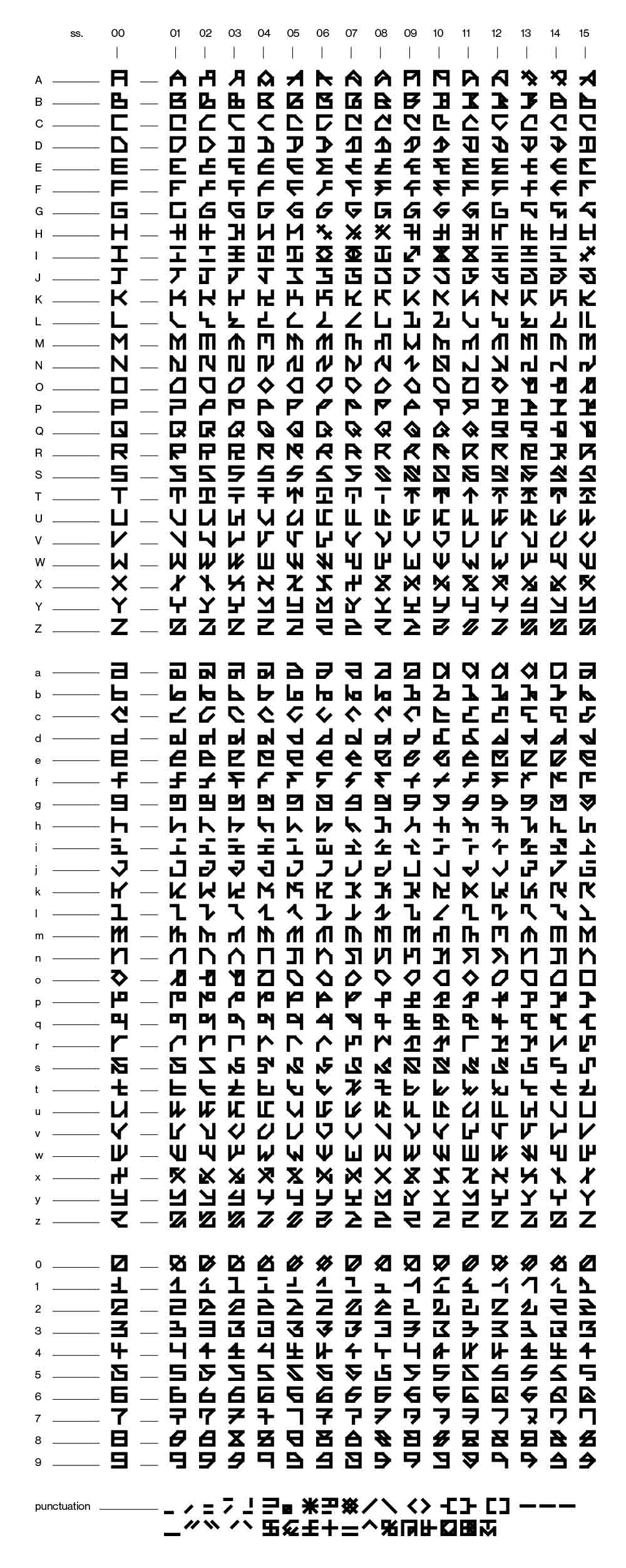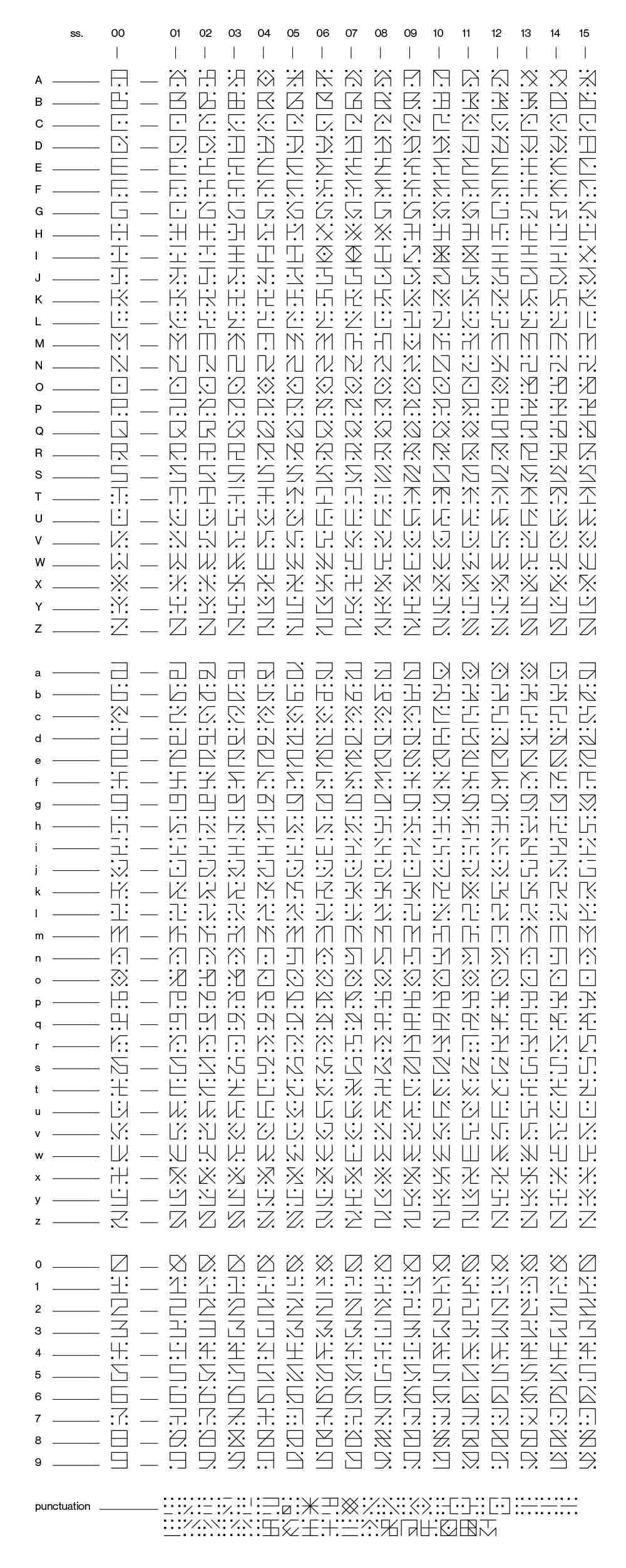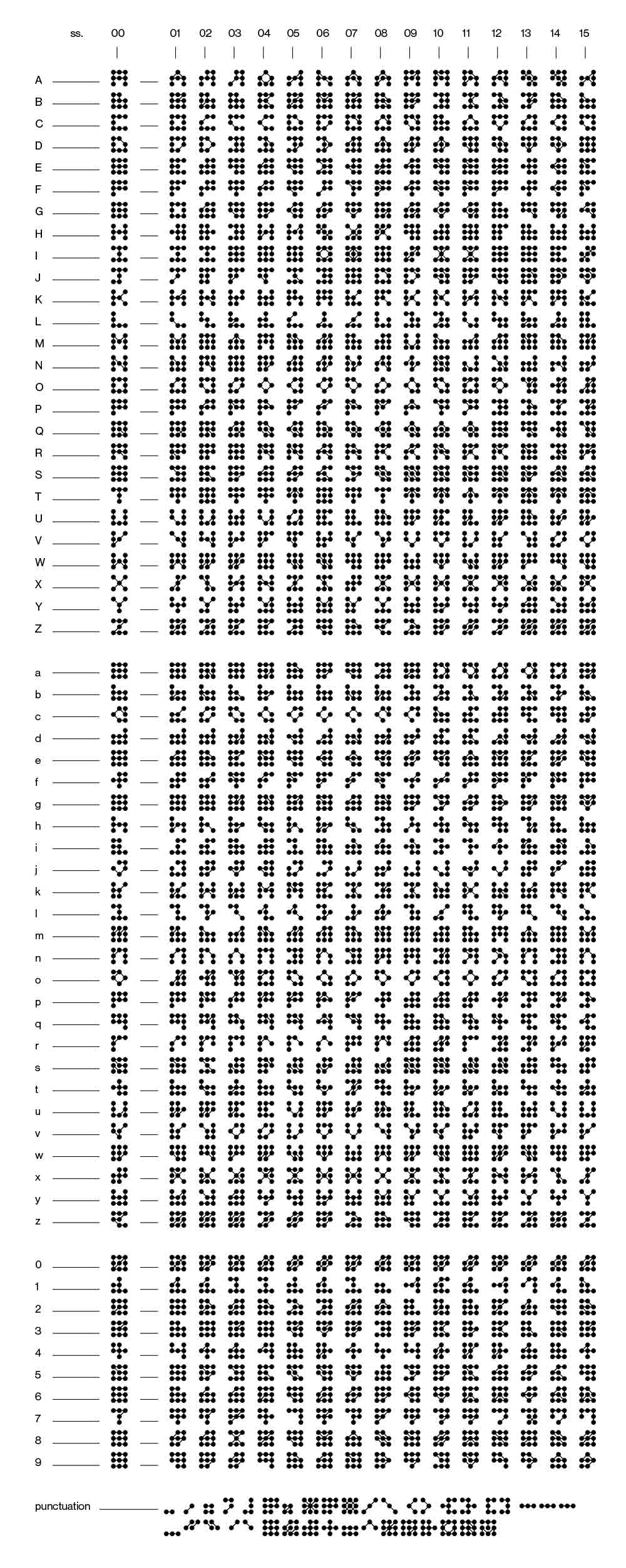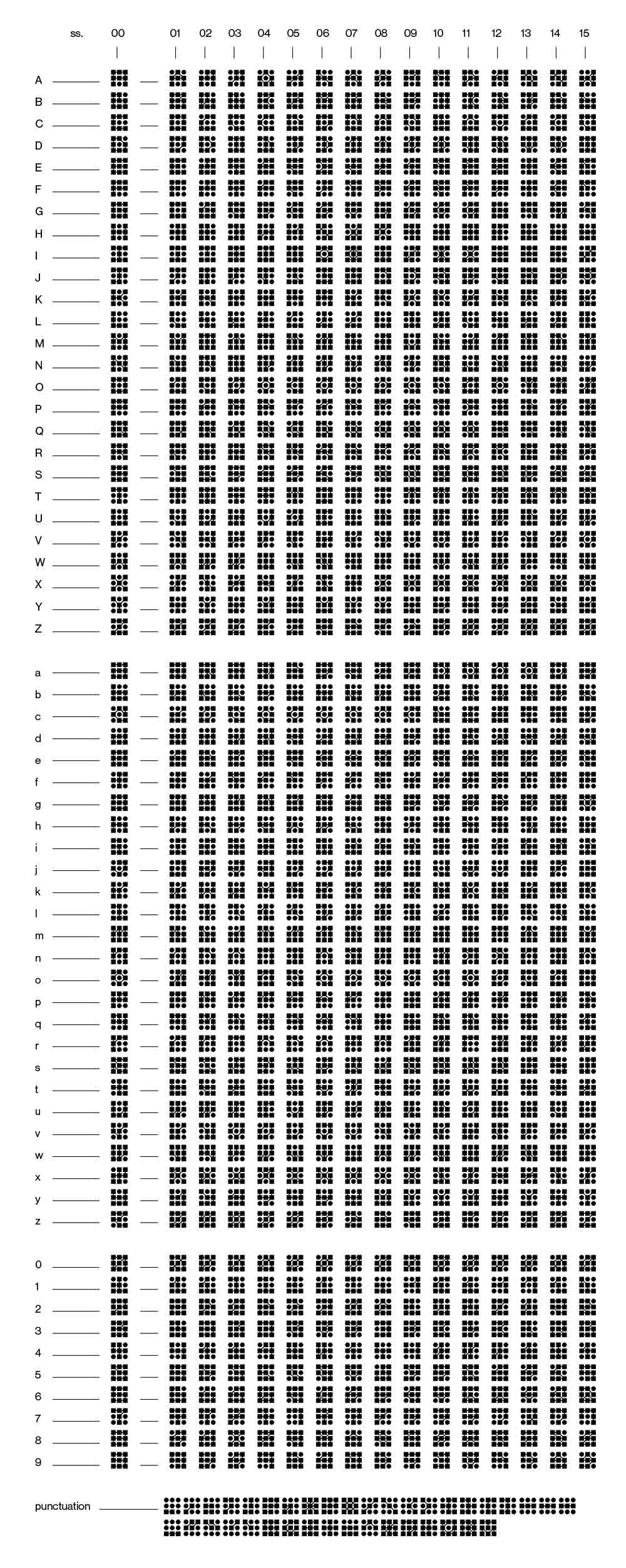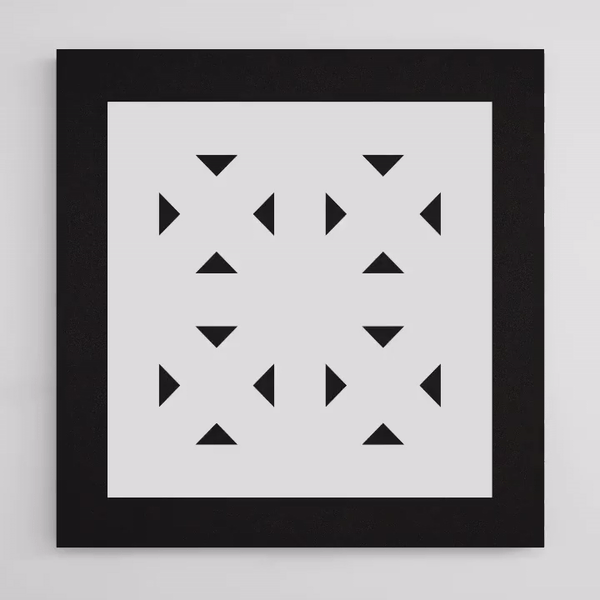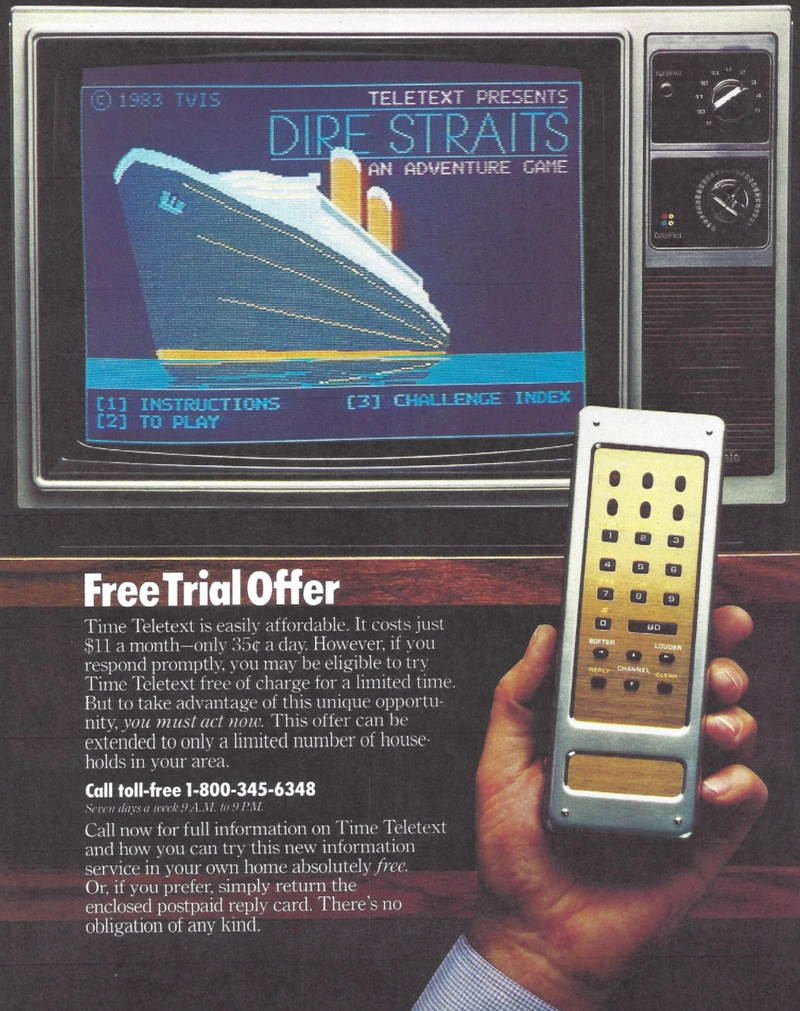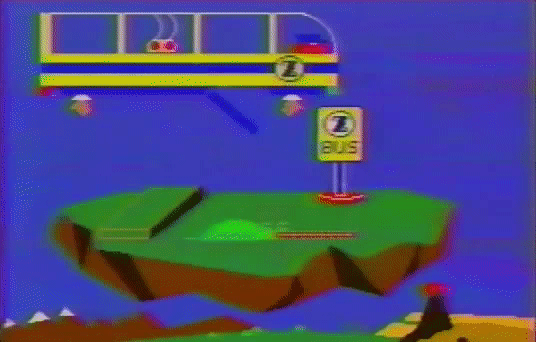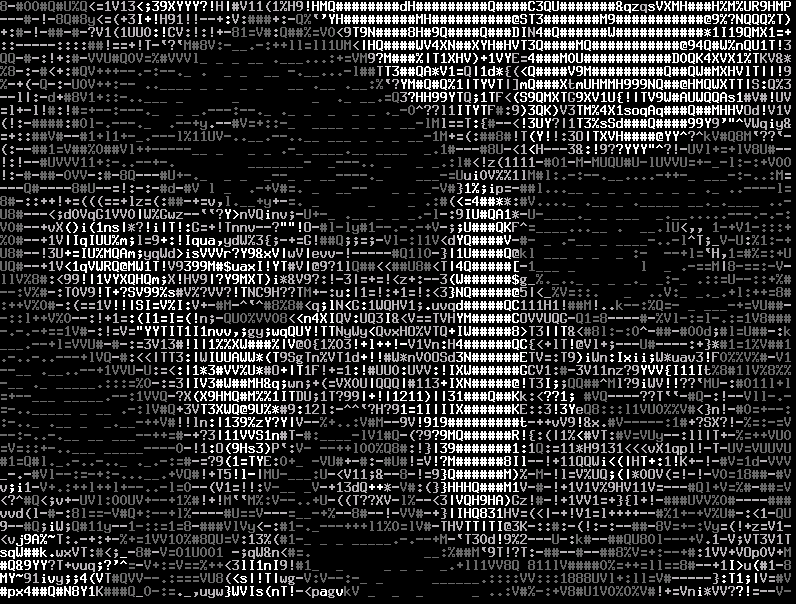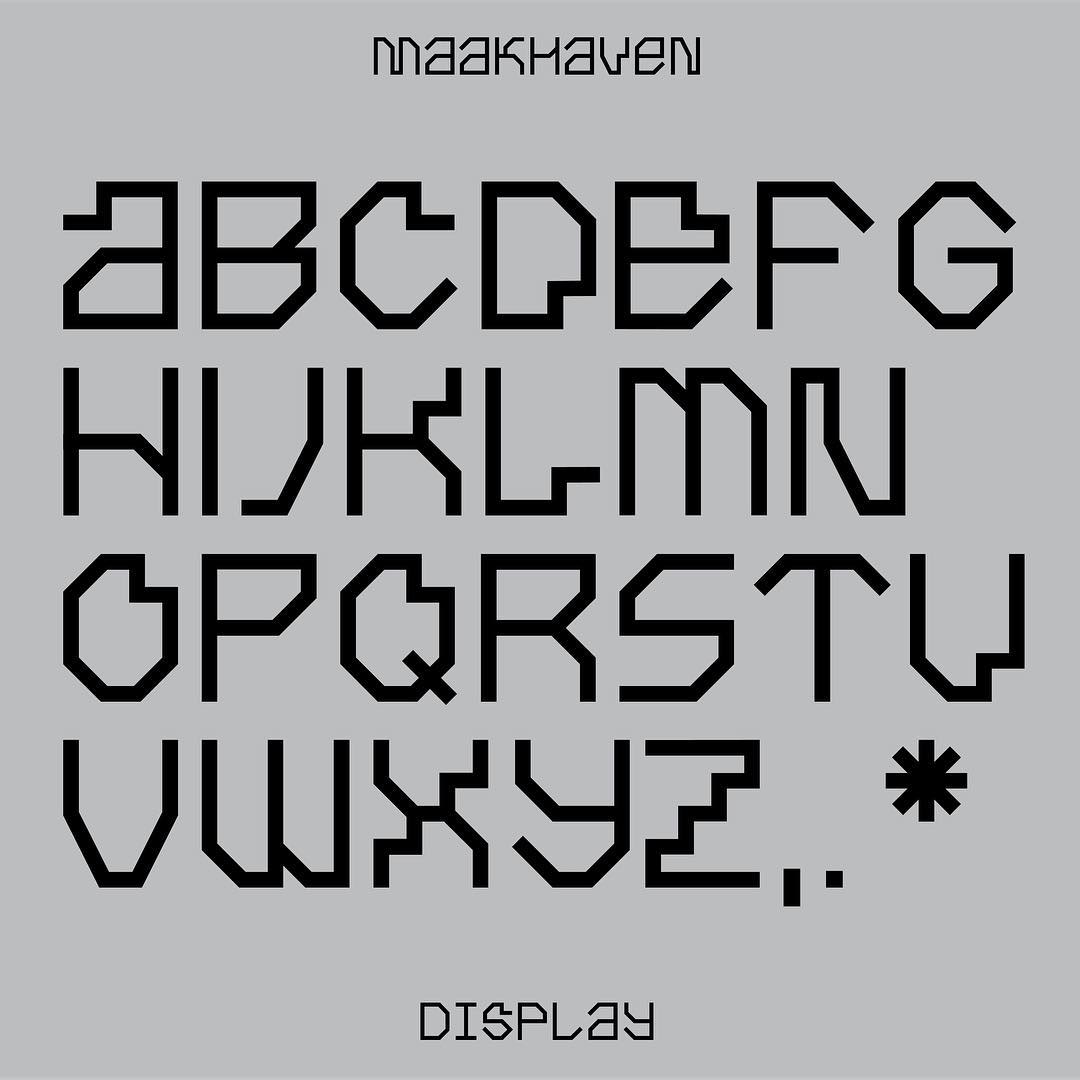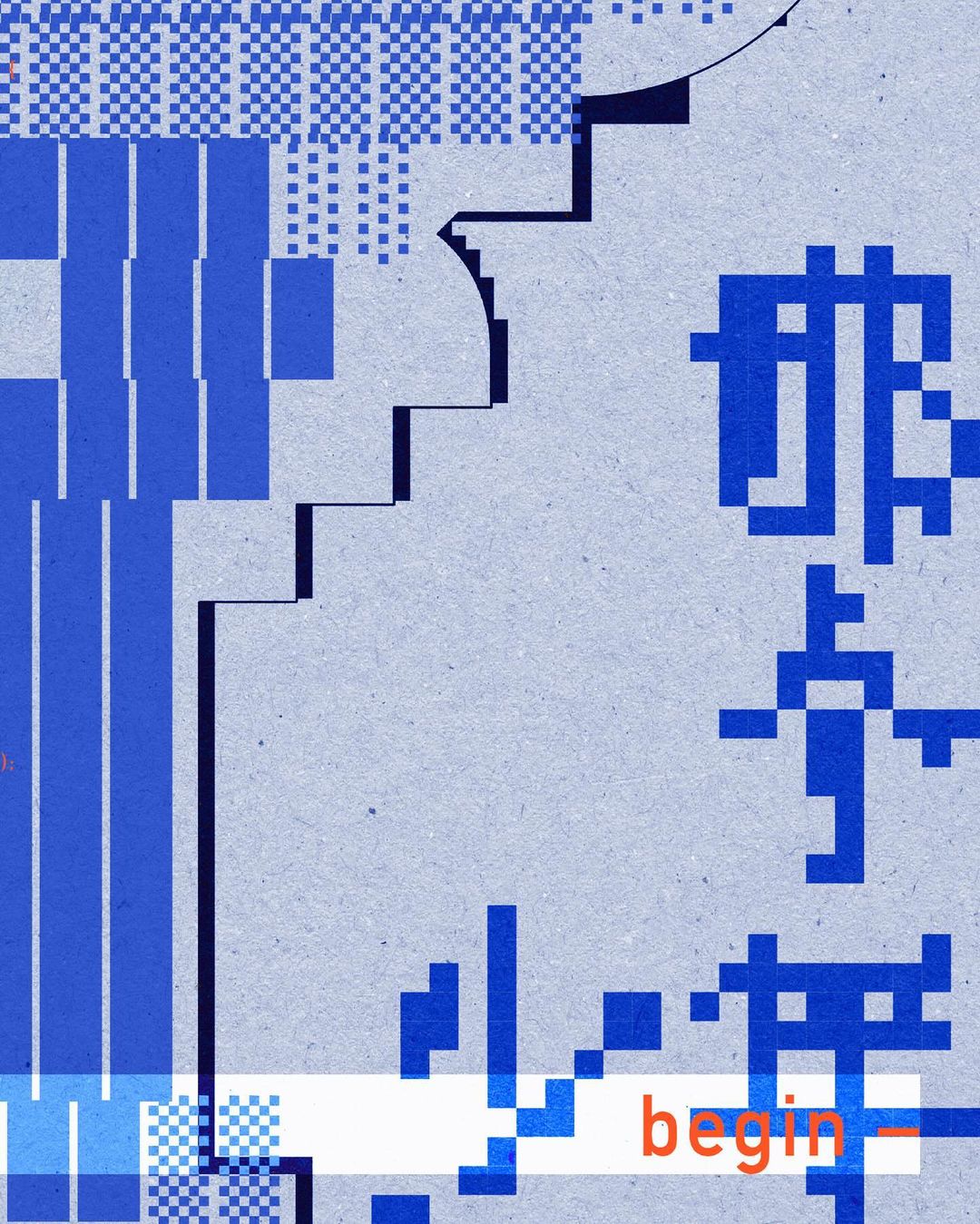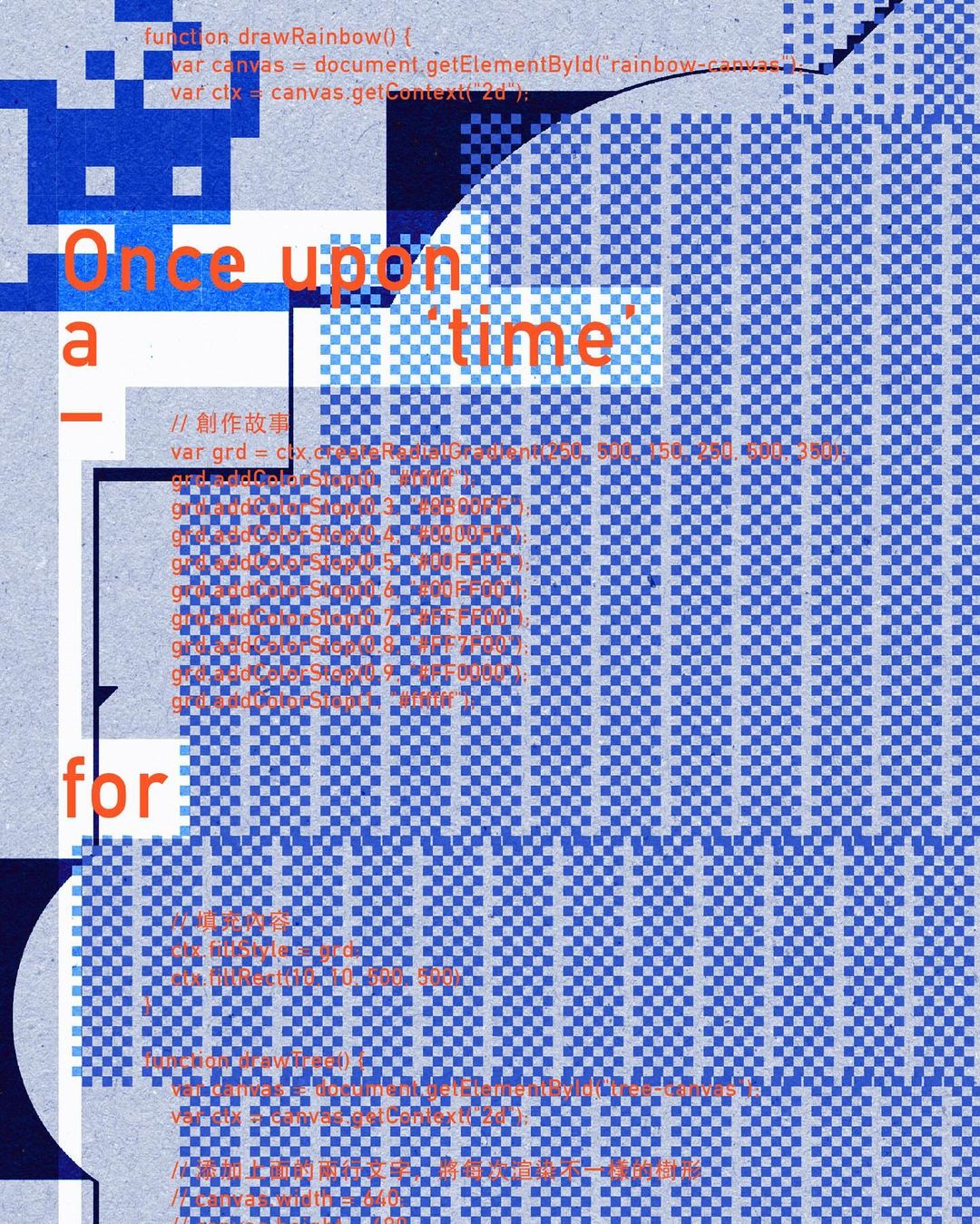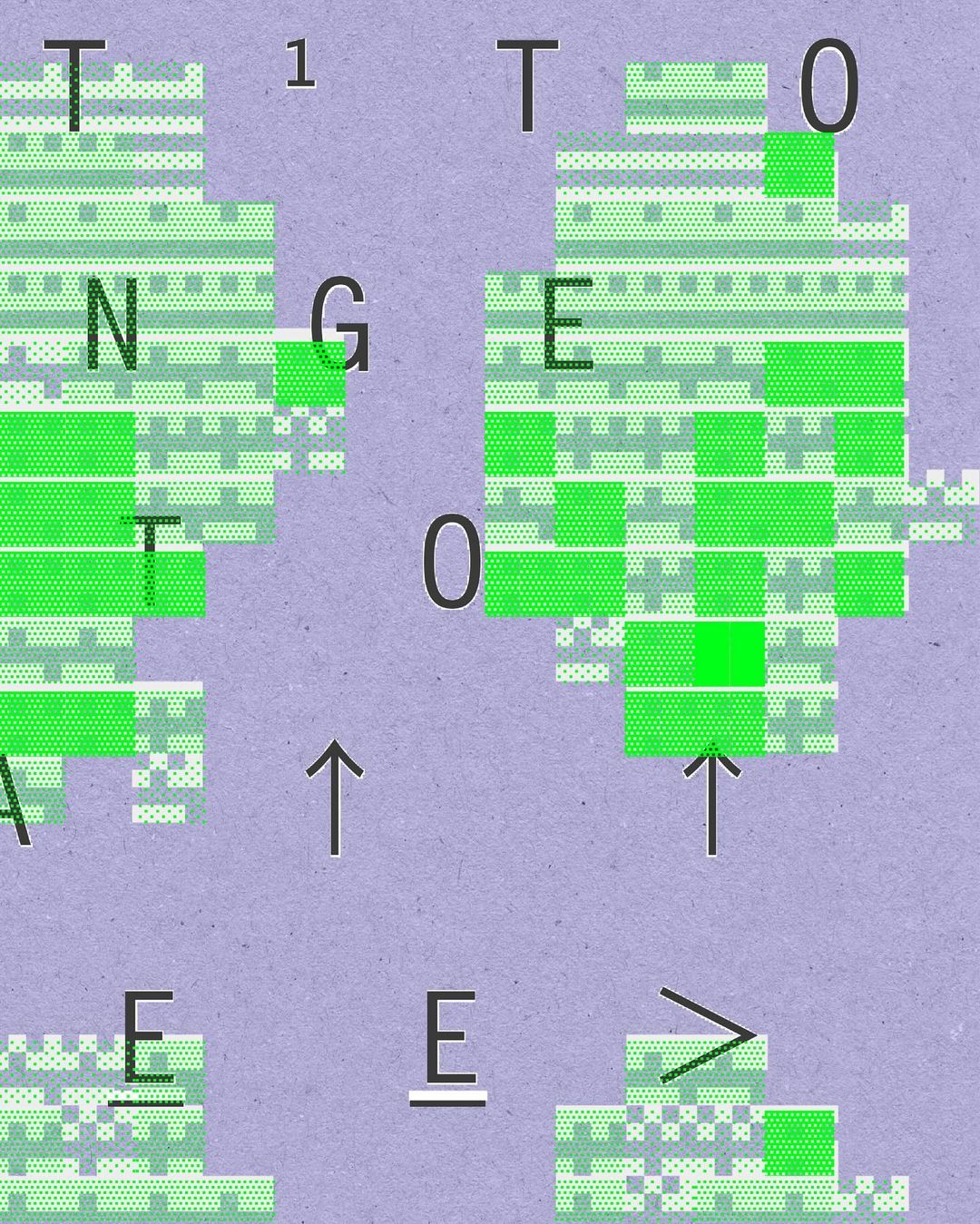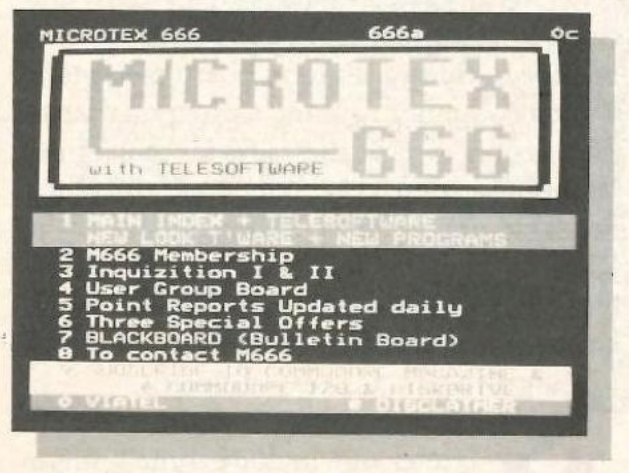
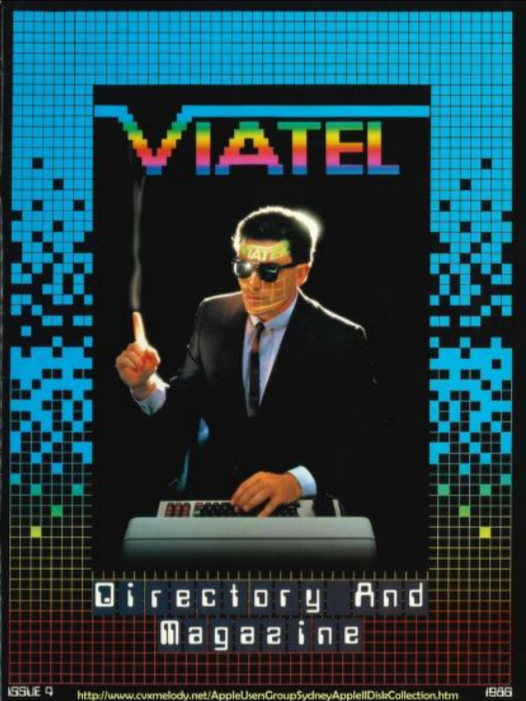
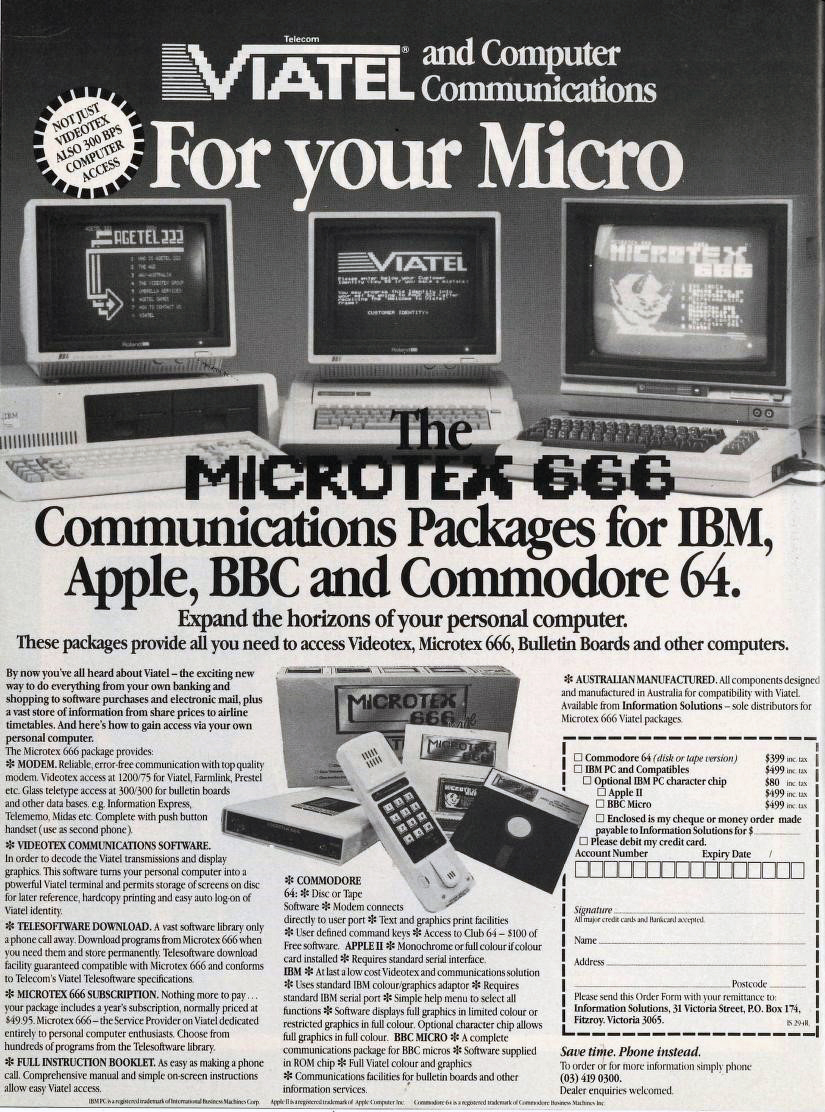
Microtex 666 (1986-1989) was a videotex service on the Australian network Viatel, where it was the only service to cater specifically to computer users in 1986. It featured telesoftware (downloadable software for free or at a cost), lists of BBSs (not on videotex), programming resources, the turnbased multiplayer game Great Galactic Conflict (updated weekly) and a bulletin board called Blackboard. While other Viatel boards were apparently moderated by hand, Microtex automatically removed obscenities and updated the pages every 15 minutes during peak hours.
The brand was also used for a hardware/software bundle for dial-up services (videotex, BBS, etc). C64, DOS, Apple II and BBC Micro were supported.
Source: Viatel Directory and Magazine Vol 4, 1986.



